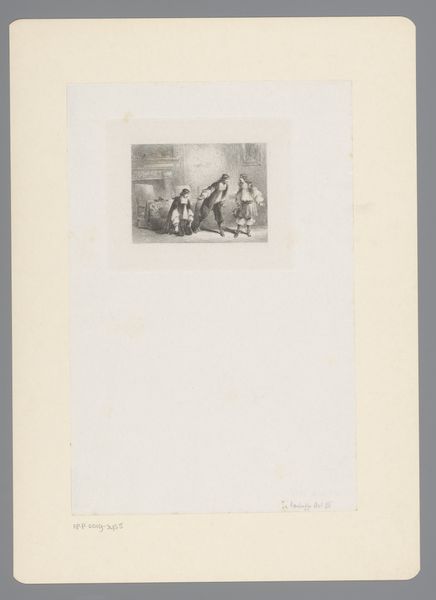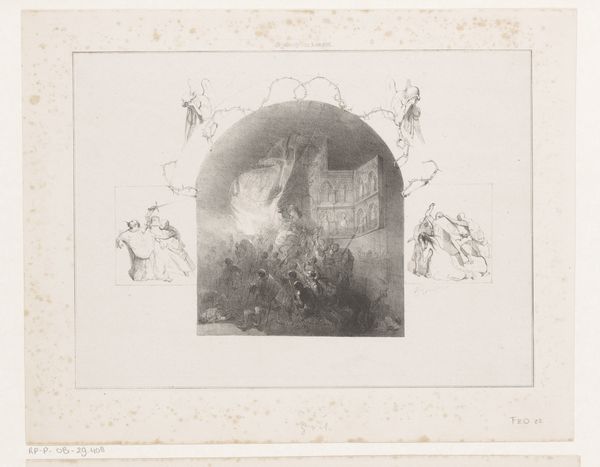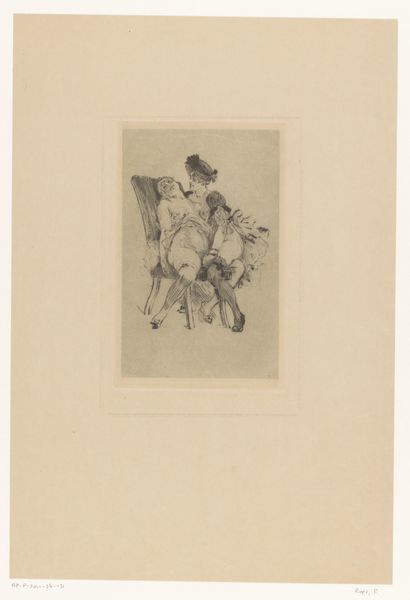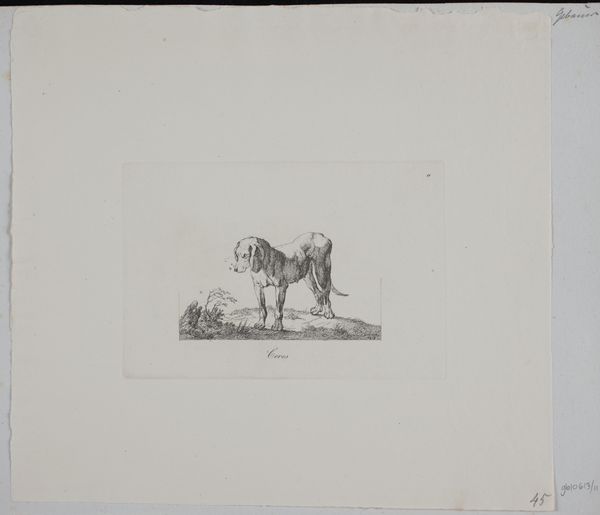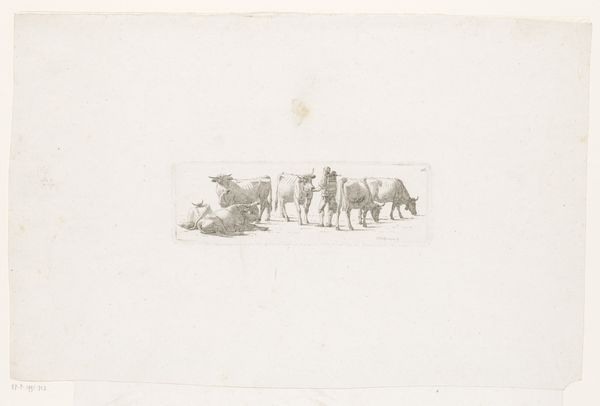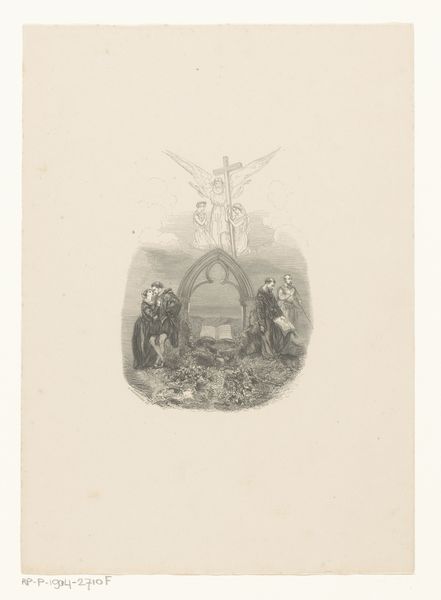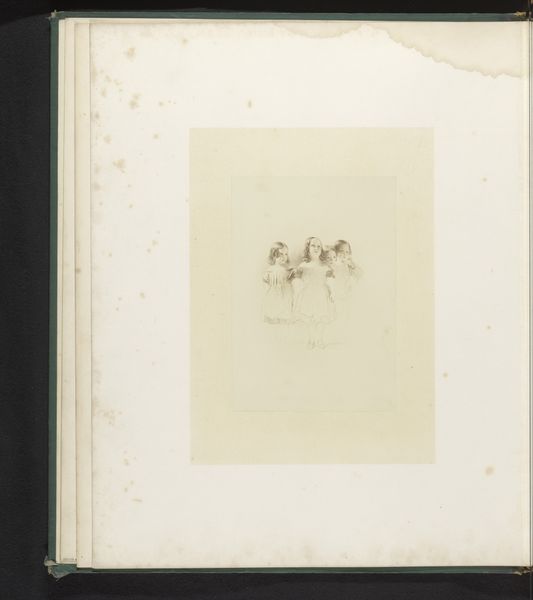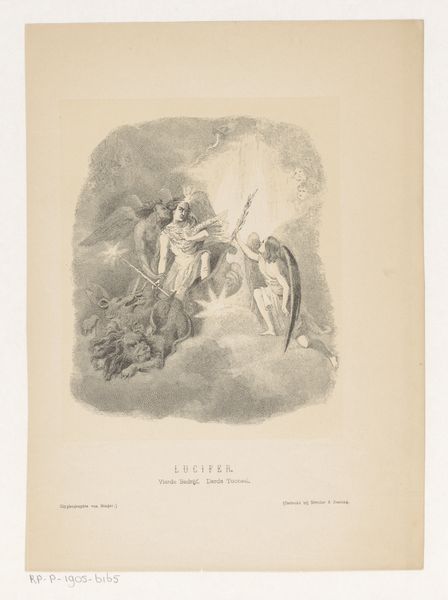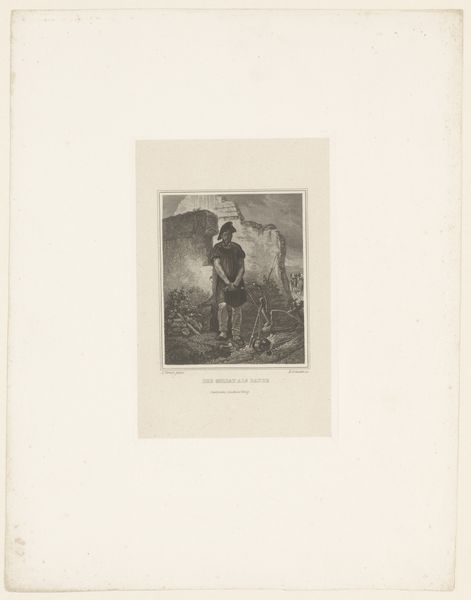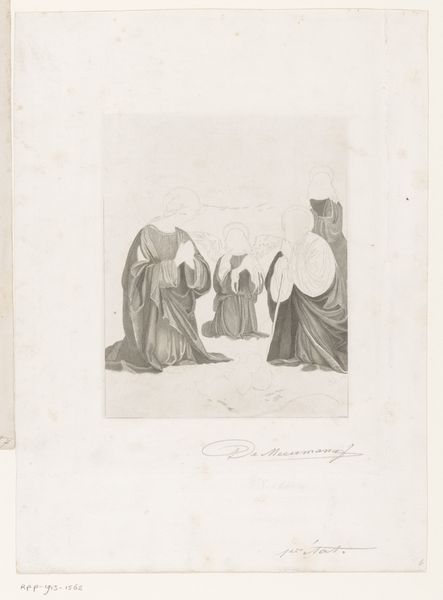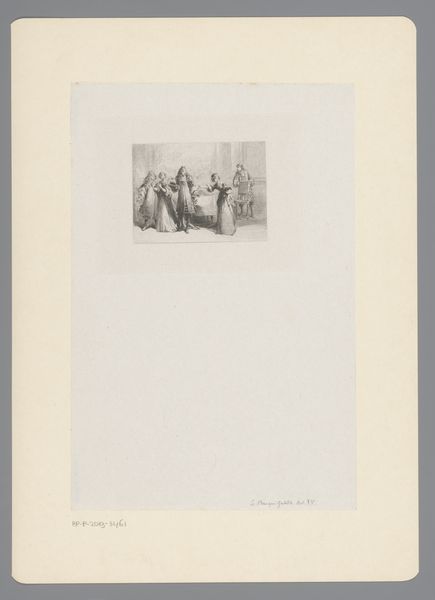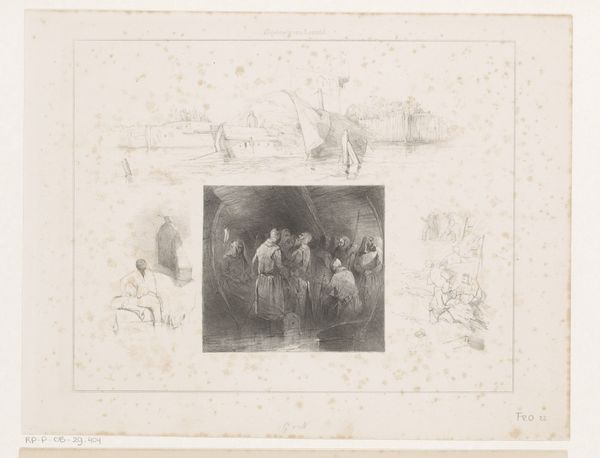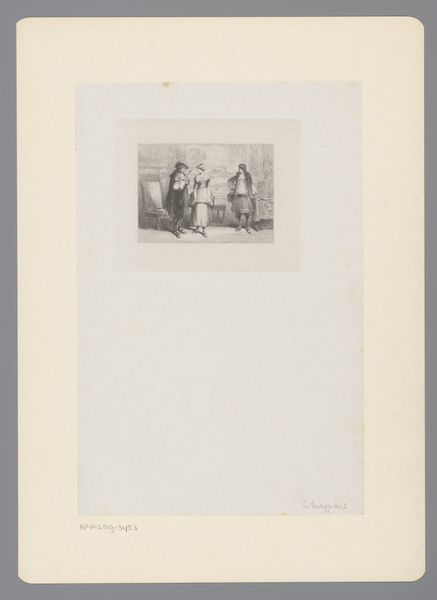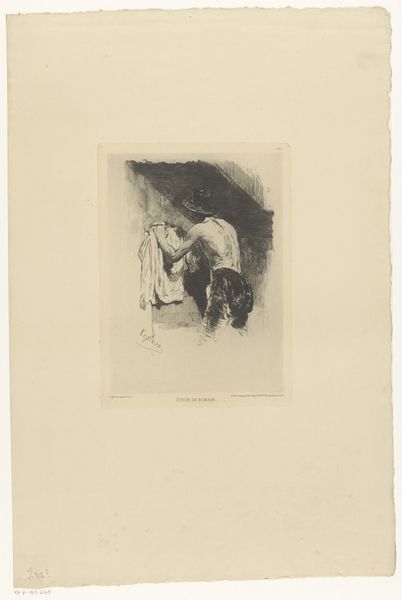
drawing, paper, pencil
#
drawing
#
figuration
#
paper
#
pencil
#
academic-art
Copyright: Public Domain
Editor: This is Otto Meyer-Amden's "Costümierung (Waisenknaben im Internat)," created around 1920. It’s a pencil drawing on paper depicting figures, perhaps children, in what seems to be an institutional setting. The image feels stark and a little unsettling. What do you see in this piece? Curator: I see a poignant commentary on the dehumanizing aspects of institutional life. The starkness you mention isn't just aesthetic; it's deeply embedded in the social context of early 20th-century orphanages and boarding schools, spaces often marked by strict discipline and a suppression of individuality. Notice the bodies, seemingly posed yet also vulnerable. Do they seem to represent innocence or some lost potential? Editor: They seem very vulnerable. I hadn’t thought about the implied critique of the institution itself. I was more focused on the kind of ghostly quality of the figures, like they’re fading away. Curator: Exactly. That ghostly quality, rendered so skillfully with pencil, speaks volumes about the children's identities being subsumed by the institution. Meyer-Amden might be asking us to consider how power structures affect the most vulnerable members of society and erase the distinctiveness of the individual. Consider also the power dynamics at play when children are essentially made into objects of observation. How might this drawing invite viewers to reflect on issues of representation and agency? Editor: That's a powerful point. I see how the sketch isn’t just a representation, but almost an accusation against systems that strip away individuality. It reframes the entire piece for me. Curator: Indeed. And by prompting this questioning, Meyer-Amden opens a dialogue about social responsibility and the hidden costs of seemingly benevolent institutions. I wonder how we can address similar imbalances today? Editor: It is amazing how relevant the historical is, still. I am glad to view art from this perspective. Thanks for highlighting the importance of considering its broader context and inviting me to critically reflect on our contemporary social structures.
Comments
No comments
Be the first to comment and join the conversation on the ultimate creative platform.
